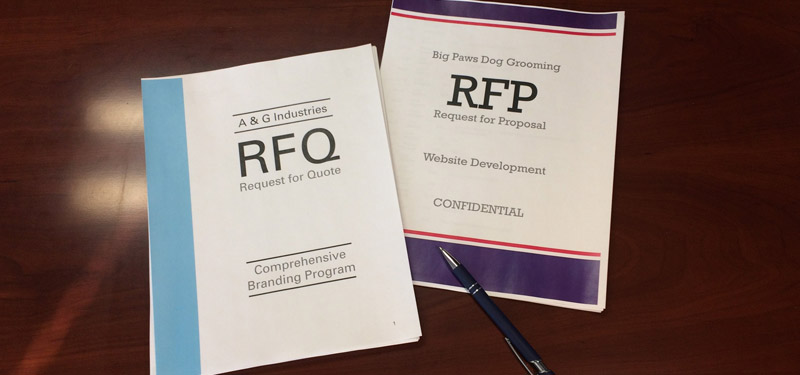In the world of graphic design, how to put a price on a project is one of the most difficult things to do for a designer. As creative’s, our brains are just not wired that way. We love the creative process, but putting a value to it can be overwhelming.
The first step is to set an hourly rate for yourself or company. These rates can vary per each employee or service, or you can just have a flat rate across the board. Here at Thunderstruck, we have opted for two basic pricing structures, a lower hourly rate for administrative services and a higher rate for creative and production services. These are used to help determine the cost of a client project.
Many factors can affect how you set your hourly rate: your level of abilities and expertise (students fresh out of school vs a seasoned designer, for example), the market you work in, and the client’s budget.
Yet, even with these benchmarks, pricing is often a guess. To help set an accurate price, you’ll need information, as much as you can obtain about the project. Meet with the client and spend some time getting as much detail as possible. Factor in budget and especially deadlines. Projects that are needing a quick-turn around often can be billed at a higher rate.
If you have been at this awhile and have done projects similar in scope, these can be used as benchmarks to help price the project. It’s important to track your time for everything you do, even phone calls to clients and suppliers to get a good sense on what it takes to get it done. Use this data as a guide for the next project that comes along.
Once you have the information you need to compose a proposal, determine the parameters, or scope of the project, in writing. This should be something you and your client agree upon in advance. Remember, you are entering into a relationship with the client and there will be expectations from both parties. Put them in writing. Anything that falls outside the scope of the project is something that can be negotiated. Don’t be afraid to address this with the client, otherwise ‘project creep’ sets in and soon you will find yourself well over your time budget for no additional money.
Setting up your proposal in ranges is another way you can help cover those unexpected surprises in projects. This is especially true for website design. When it comes to web work, there are often unique unforeseen hurdles in each project. Ranges help ‘buffer’ those.
Finally, gauge your proposal against what you think is a fair market value. You may think your services are valuable, however the client’s perception is way different than yours. Ask for a budget upfront. Determine if you can do the project with that budget. If not, it’s not the project for you. Next, what can the market bear? Be conscientious of what the price for your services is worth in your market area. But be careful not to under bid the costs for a job. This will just give you anxiety and frustration, and it’s not worth the headache.
In closing, pricing about balance… what you determine your services are worth, what the client is willing to spend, and what the market dictates as a fair price.
Rod Roberts is president and creative director of Thunderstruck Design in Champaign, Illinois.
© 2018 Thunderstruck Design

